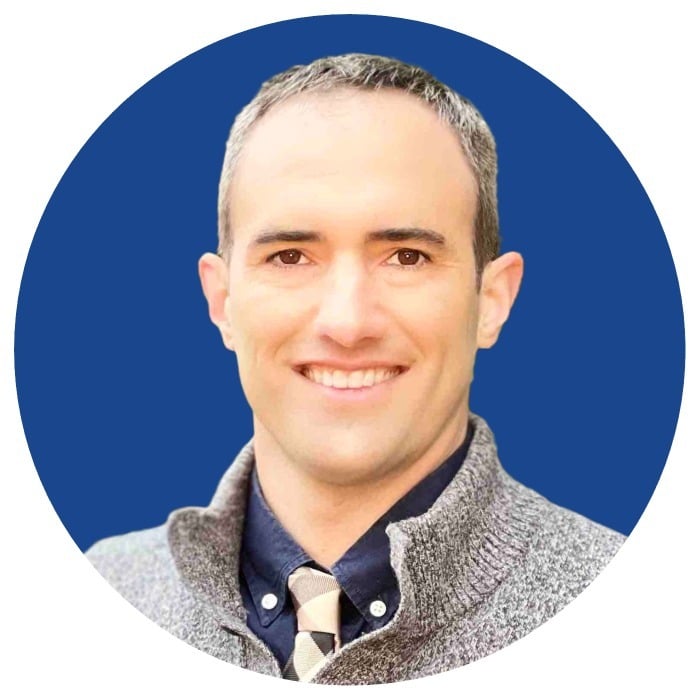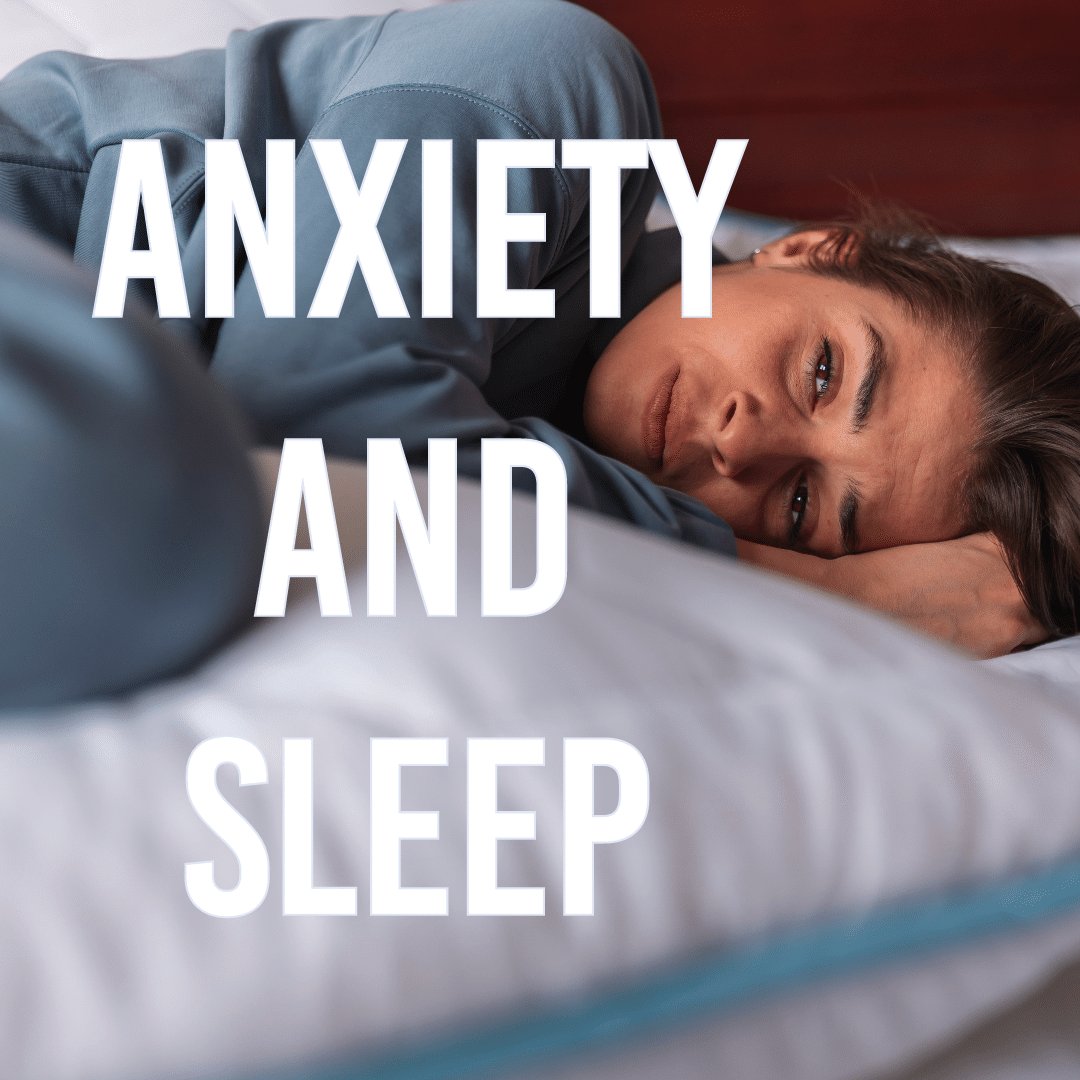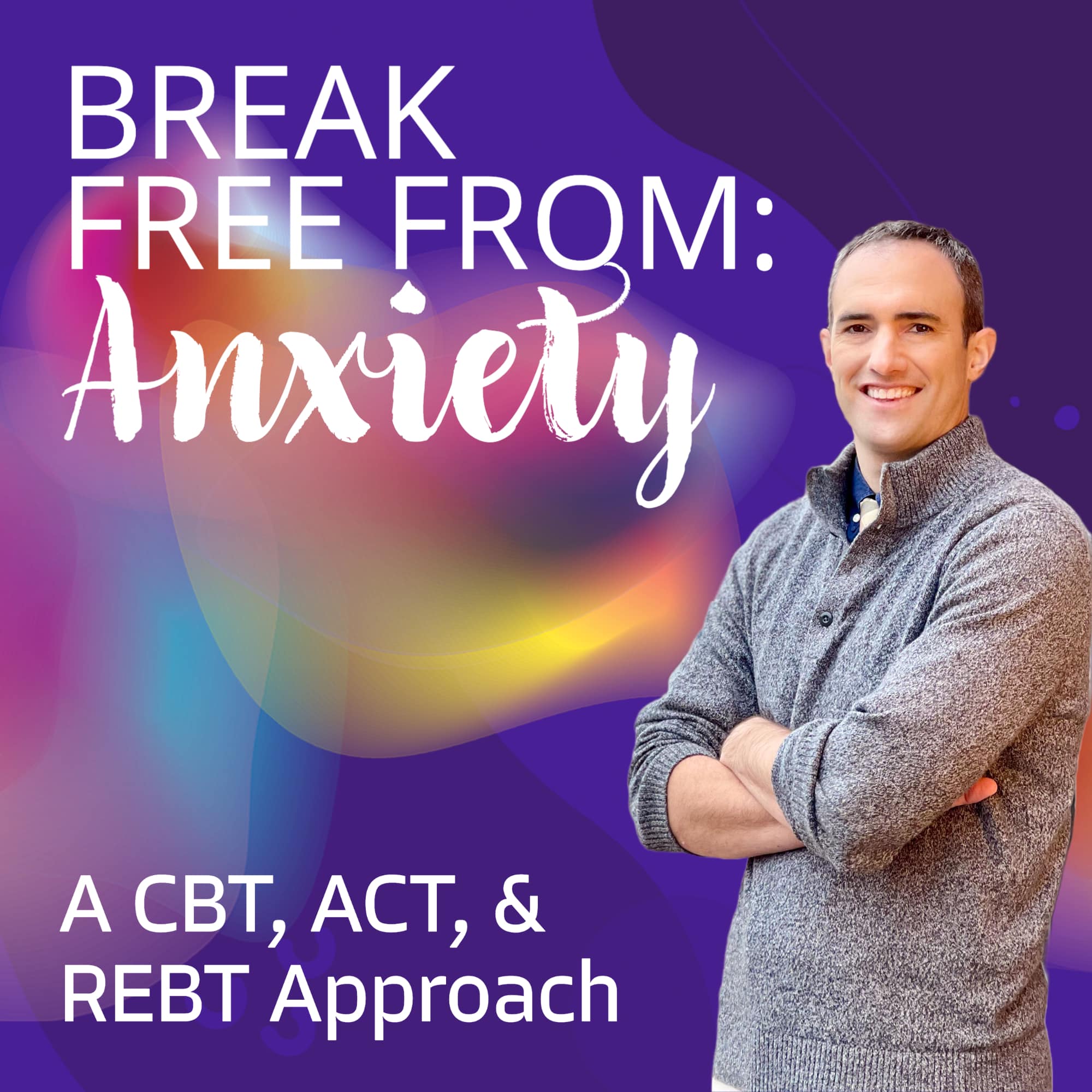For those individuals, an IOP would be a better choice than residential treatment. Residential treatment is better for individuals who may have too many triggers at home or at work, and do not have enough coping skills to deal with these stressors. They may not have a safe home environment. They may live with another individual who also drinks or uses drugs and they need the opportunity to get away from this. Individuals who attend residential treatment have a high likelihood of relapse without nearly constant supervision and support. Individuals in residential treatment might find it harder to transition to full-time work, and therefore an additional step down to partial hospitalization (PHP) or IOP is recommended.
The different stages of care correspond to the acuity/severity of the current situation and treatment needed. The American Society of Addiction Medicine has defined five different levels of care across the continuum of care. The continuum of care takes into consideration: withdrawal potential, medical complications, psychiatric conditions, readiness for change, relapse potential, and the recovery environment.
-
Level 0.5: early intervention services
-
Level 1: outpatient services
-
Level 2: intensive outpatient or partial hospitalization services
-
Level 3: residential or inpatient treatment services
-
Level 4: medically managed intensive inpatient treatment services
Unfortunately IOP programs can vary widely in terms of content of programming. Generally IOP consists of group and individual therapy for about 10-12 hours per week, split over 3 or 4 days per week. “Intensive” means that more hours are dedicated to therapy than in traditional outpatient programs, where an individual might see their therapist at most twice a week for an hour each. Most also encourage concurrent attendance with a local 12-step program.
Most people are unfamiliar with doing group therapy. In fact, most people are quite intimidated by it, and that is normal. When most people think of group therapy, they think of what is portrayed in movies, which might not be so appealing. It is important to remember that movies are a dramatization of reality and are not necessarily accurate. Group therapy is not a forced confessional where you will be forced to spill your deepest fears to strangers you have just met. Most people need a session or two to get acquainted to the group to start to feel more comfortable sharing.
-
It provides an opportunity to overcome social anxiety. Most people are eventually proud that they were able to do this and it can be a source of significant growth.
-
Isolation may have become quite normal over the past several months, and now you can meet other individuals and tap into our innate desire to be social. This is an opportunity to enhance communication skills and healthy ways of interacting by giving and receiving honest feedback in a safe space.
-
People often feel alone in their suffering, and this is a chance to recognize the commonality of your experiences.
-
The group may be composed of a mix of individuals who are further along in their recovery and may be able to provide peer guidance and empathy to those who are in the earlier stages.
-
When the group “clicks,” it can be profoundly uplifting in a way that individual therapy cannot match.
-
You should ask your IOP program what types of programming are included. Programming is divided into:
-
Skill development
-
Psychoeducation
-
Refusal training
-
Relapse prevention
-
Complementary therapies
-
Individual therapy within an IOP program is usually delivered by a Master’s or PhD level clinician who has specialized training in mental health and substance abuse disorders. Individual therapy complements the group therapy in that there are separate benefits to individual sessions:
-
Clients can expand in greater depth on a particular topic that was brought up in group.
-
The therapist may get to know certain topics that you may not feel comfortable sharing in group.
-
There may be an opportunity to process difficulties that have come up in group.
Review the program website and evaluate their clinical offerings, and the expertise of those on the treatment team. Talk to the program and see if you can do a walk-through to see their facility. Choosing a program that’s right for you is dependent on your clinical needs. Typically, individuals who need less intensive care and do not require quite as much structure would likely choose an IOP program and those who need more structure or have more clinical needs would choose a PHP program. Making an informed decision with your care team is critical to your success in the program as well as your future.
What is virtual IOP and PHP?
Virtual Intensive Outpatient Program (IOP) & Partial Hospitalization Programs (PHP)
What is the difference between IOP and PHP?
An in-depth analysis of the difference between IOP and PHP

 Bruce Bassi
Bruce Bassi





